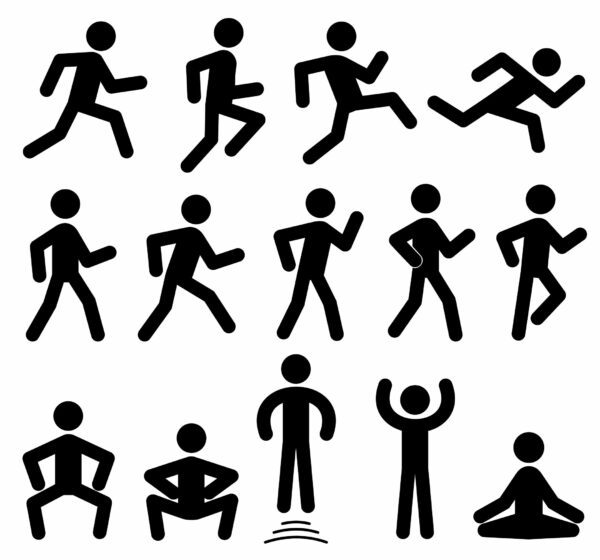
During the COVID-19 pandemic, activity levels dropped for a lot of people. Between stay-at-home orders, gym closures and working from home, people became more sedentary. On top of that, there were shortages of equipment like dumbbells and bicycles, making staying active at home difficult even if you wanted to.
But right now, things look different; vaccines are widely available, restrictions are loosening and people are looking to get active and enjoy the activities they love again. That’s all good news, but if you had a long break from activity, your body might not be ready to jump right back in.
Here are a few tips to help you get more active without getting hurt.
Start Slow
- If you’re a runner, think about a walk-to-run program
- If you’re a weight lifter, start with lighter weights and fewer reps.
- Whatever your activity of choice is, start with short periods of activity and gradually work your way back up.
- Consider working with a Physical Therapist to evaluate your current status, or your Movement Baseline, and develop a return-to-activity plan specific to your body and your goals. All of this can be provided through a Functional Movement Screen.

Warm-up and Cool Down
Warming up gets your heart and lungs ramped up and prepares your muscles and tendons for the increase in activity about to come. Include some light cardio like jogging, calisthenics, or cycling, followed by active stretching like butt kicks, high knees, or yoga.
Cooling down transitions your body back to a lower state of stress – it brings your heart rate and breathing down, decreases blood flow to your muscles and back to places like your digestive system, and helps you relax. It’s also a great place for static stretches if you need some work on your flexibility.
Take a Day Off!
Rest days let your body recover and keep you from getting burned out. Not enough exercise isn’t good for you, but too much of a good thing can cause problems too. Be sure to get an adequate number of hours of good quality sleep, not only on rest days but on work-out days as well.
Watch for Early Signs of Injury
Some soreness for a few days after the activity is normal, especially if you’ve had a long break. But there are a few common issues to watch out for as you return to activity:
- Swelling or bruising
- Joint pain, especially in the knees or shoulders
- Foot pain, which could be a sign of plantar fasciitis
- Muscle strains – particularly common in the hamstrings
- Sprains – most common in the ankle
Any of these issues justifies a call to your physical therapist. Getting checked out early can prevent an injury that derails your attempt to return to activity. PTs see all of the issues just mentioned on a regular basis and can help safely guide you back into a more active lifestyle.
Thank you to the APTA Private Practice Section for providing the content for this blog.
Keep Reading…
KNEE ARTHRITIS: RISK FACTORS AND WHAT YOU CAN DO ABOUT IT
In the physical therapy world, a large percentage of our patients suffer from some form of arthritis. In the United States, knee osteoarthritis (OA) affects over 30% of individuals over the age of 60. Knee OA can cause pain, inflammation, swelling, decreased motion in the knee, difficulty walking, and may eventually require surgery such as a total knee replacement.
THE SANTA CLAUSE WORKOUT CHALLENGE
Have you heard of the Santa Clause Workout Challenge? Julie Dmochowski, PT demonstrates in this week’s video blog.
BALANCING CALORIES AND ACTIVITY AROUND THE HOLIDAYS
The holidays revolve around spending time with friends and family creating new memories and partaking in timeless traditions. Much of the holiday season involves time spent sharing a meal together. With all of the parties, get-togethers, and time socializing around the table, it is easy to get carried away while indulging in appetizers, home-cooked meals, and treats native to the season. Below is a list of creative ways to get up and start moving to burn off those extra holiday calories! (Calories burned based on a 150-pound, 65 year old female):





